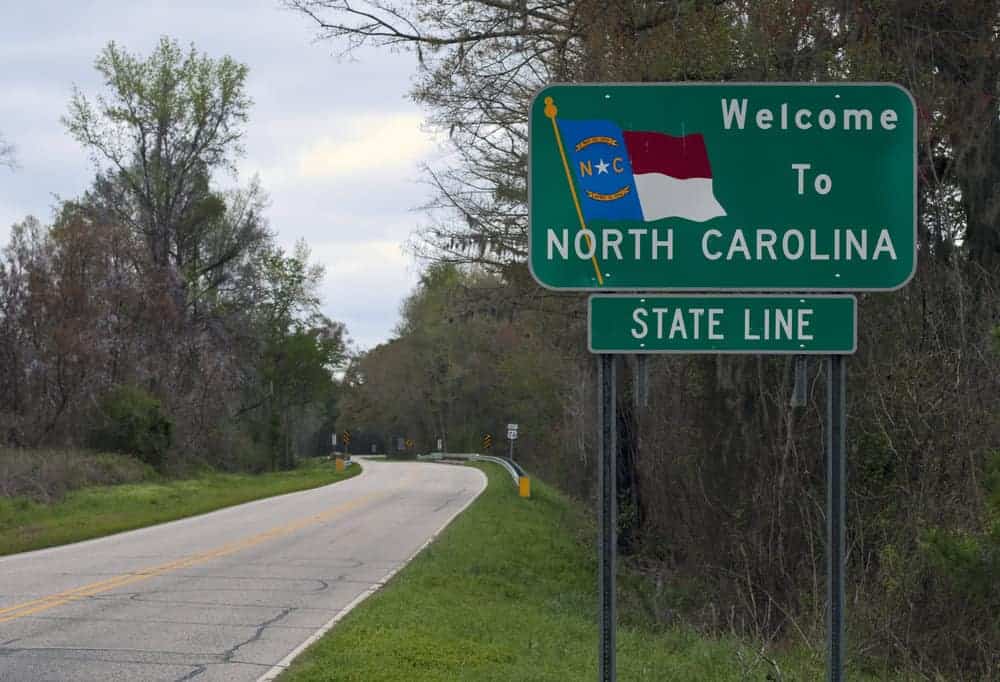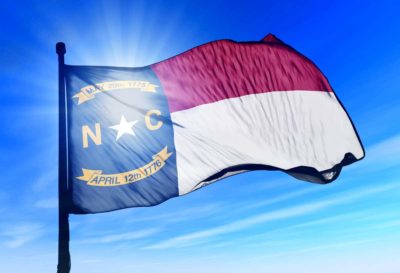
What kind of state is North Carolina? Red state? Blue state? Rural? Urban? Tobacco Road? Progressive Plutocracy? After a half century of dramatic economic change and robust population growth, what endures and what has emerged?
For fresh insights into the contrasts and complexity of North Carolina, you can turn to two recent publications — one exploring the natural wonders and culture of the state, the other analyzing the geography of its narrowly divided, highly competitive politics.
In his new book, “North Carolina: Land of Water, Land of Sky’’ (UNC Press), Bland Simpson offers a first-person narrative of his lifetime of traveling across the state, exploring its by-ways and worrying over degradation of its environment. Simpson is a professor of English and creative writing at UNC-Chapel Hill, as well as the pianist of the Red Clay Ramblers. Ann Cary Simpson, his wife who is a conservationist and regular travel companion, contributed splendid photographs.
“North Carolina, the Old North State,” Simpson begins, “is an ocean wave breaking, a fiddler sawing away in the mountain night, a hundred Ayrshire milk cows lowing in Piedmont dawn, the sound burst of a R3 organ and joyful voices raised in a song beyond the stained-glass windows of a city church…From sea-level to sky-high, from pickles to peaches and from cabbage to corn bread, here’s to the land: North Carolina.”
The political landscape of modern North Carolina is described as consisting of five aggregations of county-types in a paper by Mac McCorkle, a professor of the practice at the Duke University Sanford School of Public Policy, and Rachel Salzburg, a 2020 master’s degree graduate. (Disclosure: McCorkle is a friend and collaborator on several projects; I reviewed pre-publication drafts of this paper.)
In the 2020 presidential election, Republican Donald Trump out-polled Democrat Joe Biden by barely 75,000 votes out of 5.54 million cast in North Carolina. Democratic Gov. Roy Cooper won re-election as did Republican U.S. Sen. Thom Tillis. As a former policy consultant to major Democratic candidates and officeholders in North Carolina and other states, McCorkle wonders, “Why has North Carolina remained stuck on the cusp of turning into a solidly blue state?”
The McCorkle-Salzburg paper focuses on 28 counties they categorize as “Countrypolitan.” These counties, they write, provided Trump with 934,000 votes, well more than the 616,000 votes he received in the state’s 50 nonmetropolitan counties.
Their classification of counties, using a federal statistical definition, opens a window to a fuller understanding of North Carolina not limited to politics. Their paper debunks the often-used construct that of the state’s 100 counties, one-fifth are urban, four-fifths rural. Here are their five categories of counties:
- 10 “bigger city” metropolitan counties, such as Wake, Mecklenburg, Guilford, Buncombe, and New Hanover.
- 12 “smaller city” metro counties, such as Burke, Craven, and Wayne.
- 25 “micropolitan” counties, including Lee, Carteret, and Stanly.
- 25 thoroughly rural counties.
- 28 “Countrypolitan” counties, such as Cabarrus, Union, Gaston, Iredell, Rowan, Franklin, and Rockingham.
McCorkle and Salzburg define Countrypolitan places as outlying counties yet within the orbit of major cities, different political jurisdictions but connected through commuter patterns as an economic region. In an extensive footnote, they point to the term also arising from works of Southern writers, historians and political analysts — and they write, “In music circles, the term ‘Countrypolitan’ identifies the movement in ‘the Nashville Sound’ away from country music’s ‘hillbilly’ origins to more of a pop crossover style.”
White flight from the central city, they write, “constitutes a significant part of but does not entirely explain metropolitan growth.” Countrypolitan places are also home to in-migrants from other states and North Carolinians who have moved from small municipalities and rural communities to work and raise families in booming metro areas. Thus, they write, “these counties retain significant rural and/or small-town legacies.”
Countrypolitan counties did not spring from a grand plan, but they are no accident. In his classic study of post-World War II Southern politics, V.O. Key Jr. described North Carolina as a “progressive plutocracy,” a state more “energetic and ambitious” as well as more “presentable than its Southern neighbors.” The state built upon that reputation, even though not fully merited, in transitioning from a tobacco-and-textiles economy to the more diverse, knowledge-based, metro-centered economy of today.
North Carolina has engaged aggressively — and continues to do so — in the buffalo-hunt for new industry through incentive packages. Significantly, the state and its communities also have invested in highways and hospitals, in the amenities that undergird a high quality of living, and in public education, especially its potent universities. Each in his own way, Simpson and McCorkle illuminate for educators, business leaders, and public officials the state’s enduring natural assets and the ripple effects of economic and population growth that shape the political landscape of modern North Carolina.




